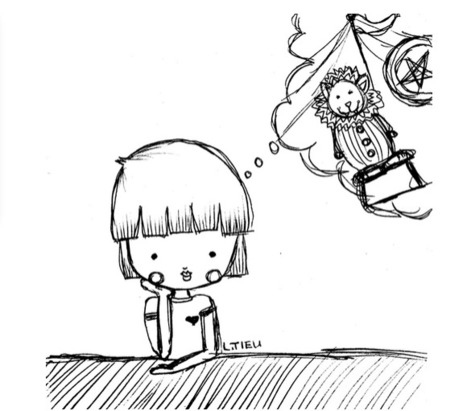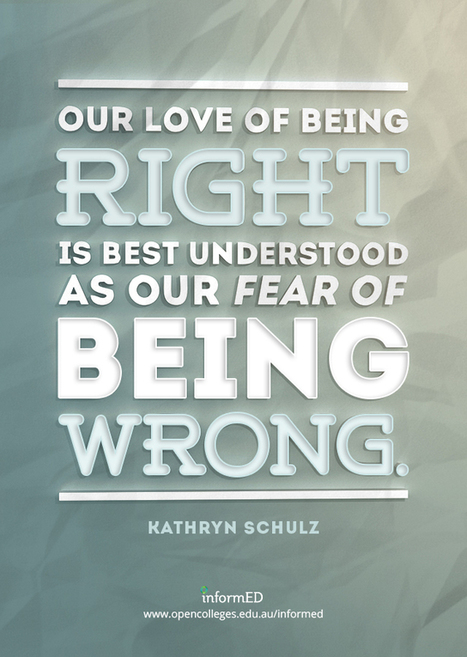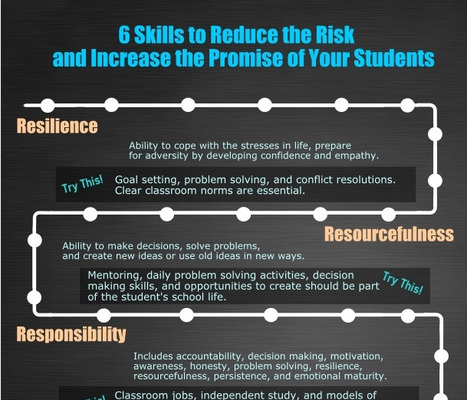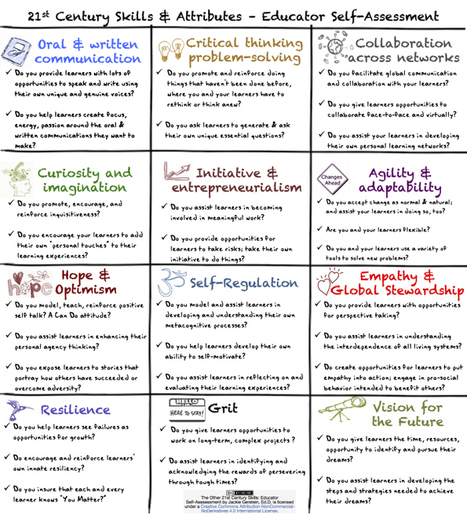"Preparing students for successful careers is a major part of every educator's job, but most preservice and professional development programmes don't cover the skills employers are currently seeking - things like 'emergent' leadership, adaptability, humility and ownership."
Illustration above by Linda Tieu.



 Your new post is loading...
Your new post is loading...



























Thx Beth Dichter